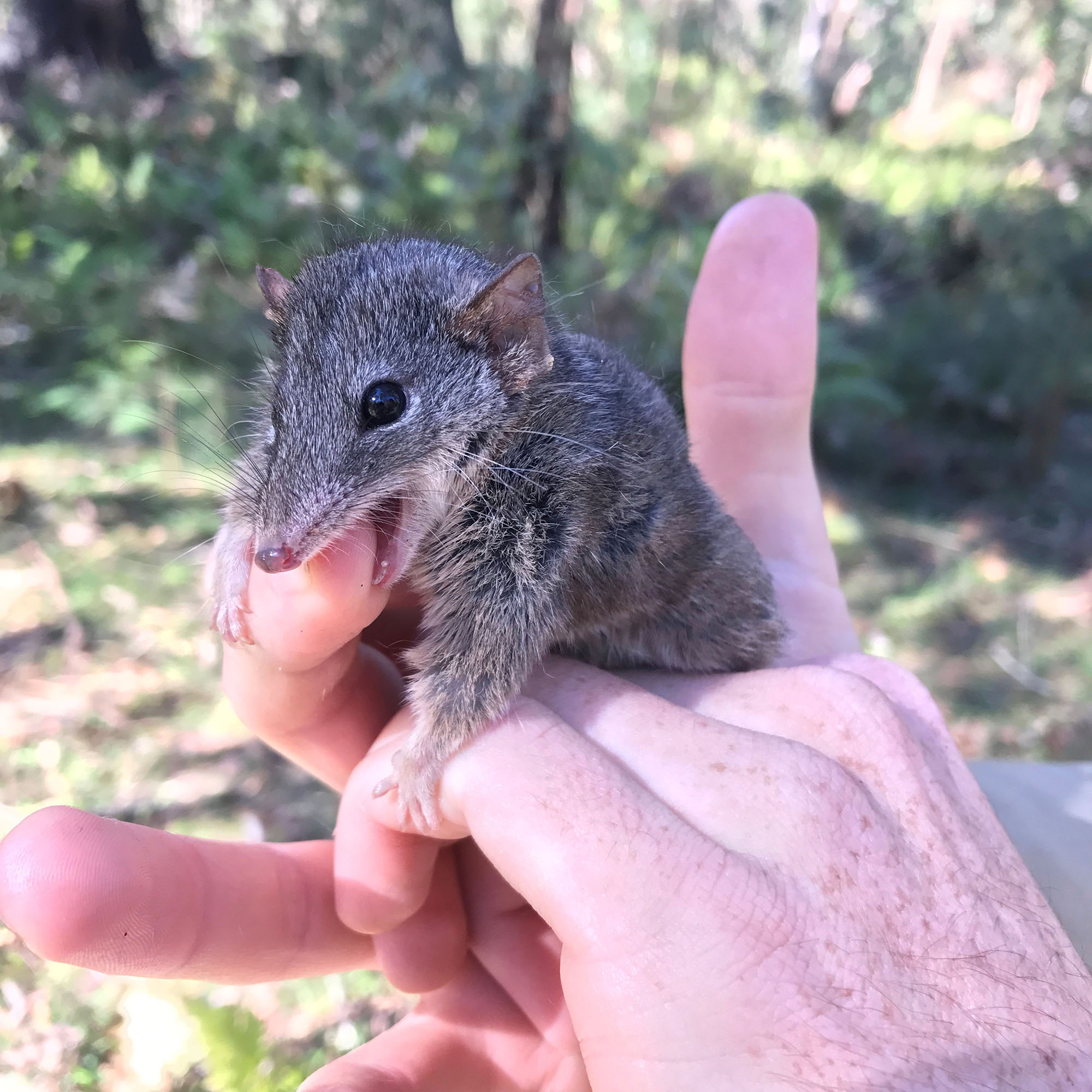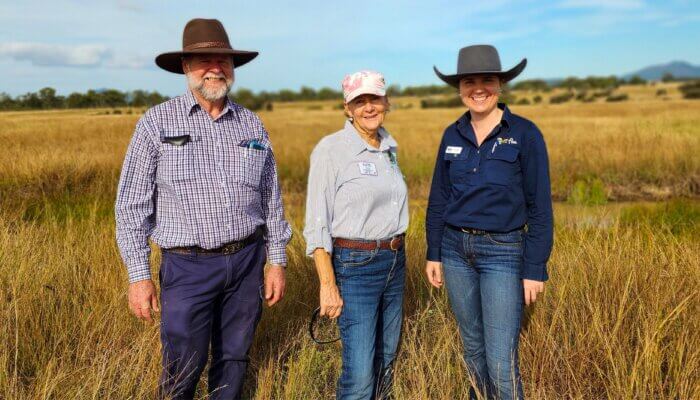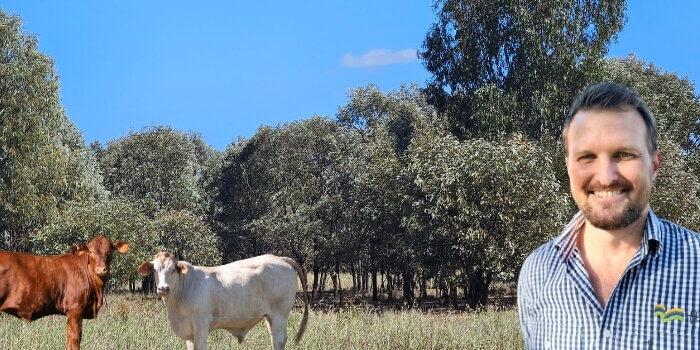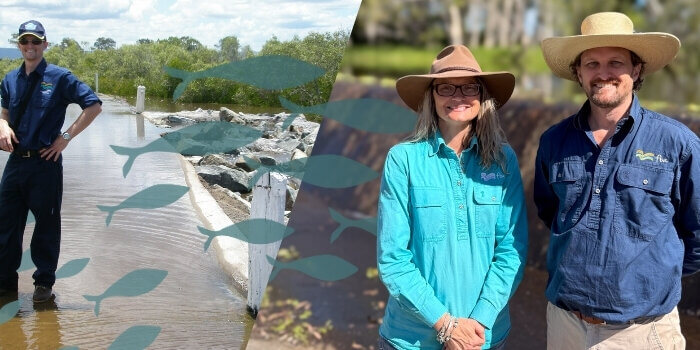
Project funded to protect Central Queensland’s Silver-headed Antechinus
Posted on December 8th, 2017
Through funding from the National Landcare Programme, FBA will be working with Queensland Parks and Wildlife Service (QPWS) and Queensland University of Technology this financial year to keep silver-headed antechinus off the Environmental Protection and Biodiversity Act threatened species list, protect their habitat and build population numbers.
Scientists estimate the remaining population in the wild is quite small which puts their long-term survival in a precarious position. While silver-headed antechinus are committed breeders and fairly good at avoiding humans (hence we are still trying to ascertain their numbers), they are under constant threat of predation by feral animals and wildfire is a very real risk to their remaining habitat. The only known populations of this small carnivorous marsupial are within Queensland’s national parks – at Bulburin, Kroombit Tops and Blackdown Tablelands which are surrounded by agricultural land.
Through this project, QPWS and FBA staff will work with park neighbours to reduce feral animal populations and manage fire risks, as well as conduct research into antechinus biology and ecology to better inform future park management.
5 interesting facts about the silver-headed antechinus…
- They may be small (9-12cm length) but they’re meat eaters… they have a good set of fangs to munch through beetles and other insects.
- On average, males only live 2 years. Why? Because…erherm… they wear themselves out during breeding season.
- The thicker the better when it comes to ground and tree cover in their preferred habitat.
- The silver-headed antechinus was first confirmed as a ‘new species’ in April 2013, which means we know relatively little about it.
- First thought to only occur in Kroombit Tops National Park, it has since been found in Bulburin and Blackdown Tablelands National Parks (which is encouraging news!).
Learn more about the silver-headed antechinus and its cousin the yellow-footed antechinus this Christmas by visiting FLOW over the school holidays. Entry is free, and you’ll even be able to see a real yellow-footed antechinus!









